Ganghee Jang
Design Exploration for Protection and Cleaning of Solar Panels with Case Studies for Space Missions
Nov 06, 2025Abstract:Solar energy is used for many mission-critical applications including space exploration, sensor systems to monitor wildfires, etc. Their operation can be limited or even terminated if solar panels are covered with dust or hit by space debris. To address this issue, we designed panel cleaning mechanisms and tested protective materials. For cleaning mechanisms, we designed and compared a wiper system and a rail system. For protective materials, we found through collision tests that polycarbonate was very promising, though the most important factor was layering a soft material between the panel's surface and a hard material. In the cleaning system comparisons, the wiper-based system was more efficient than the rail-based system in terms of cost, cleaning speed, and total power consumption.
RLCorrector: Reinforced Proofreading for Connectomics Image Segmentation
Jun 10, 2021



Abstract:The segmentation of nanoscale electron microscopy (EM) images is crucial but challenging in connectomics. Recent advances in deep learning have demonstrated the significant potential of automatic segmentation for tera-scale EM images. However, none of the existing segmentation methods are error-free, and they require proofreading, which is typically implemented as an interactive, semi-automatic process via manual intervention. Herein, we propose a fully automatic proofreading method based on reinforcement learning. The main idea is to model the human decision process in proofreading using a reinforcement agent to achieve fully automatic proofreading. We systematically design the proposed system by combining multiple reinforcement learning agents in a hierarchical manner, where each agent focuses only on a specific task while preserving dependency between agents. Furthermore, we also demonstrate that the episodic task setting of reinforcement learning can efficiently manage a combination of merge and split errors concurrently presented in the input. We demonstrate the efficacy of the proposed system by comparing it with state-of-the-art proofreading methods using various testing examples.
Fingerprint Presentation Attack Detection utilizing Time-Series, Color Fingerprint Captures
Apr 08, 2021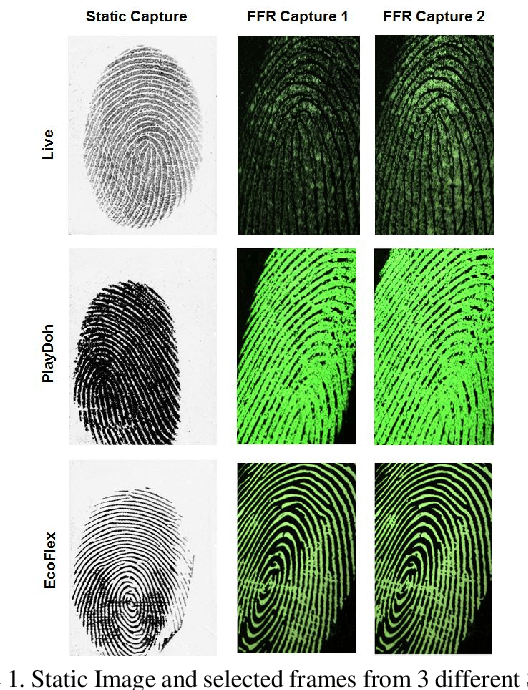
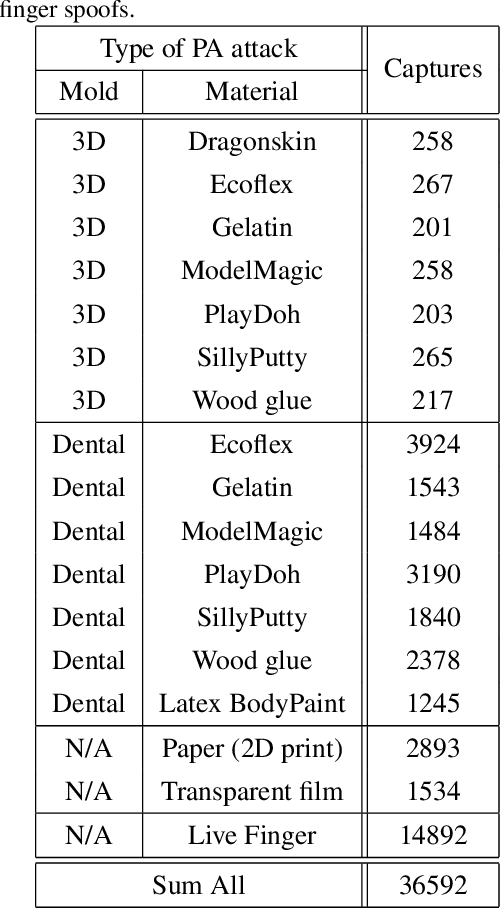
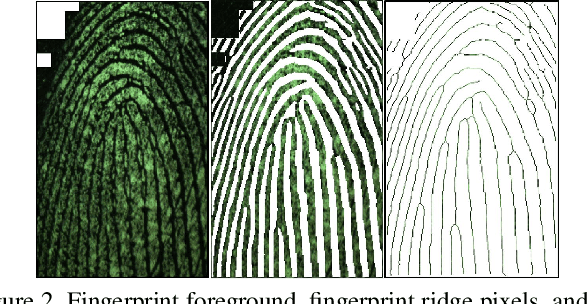
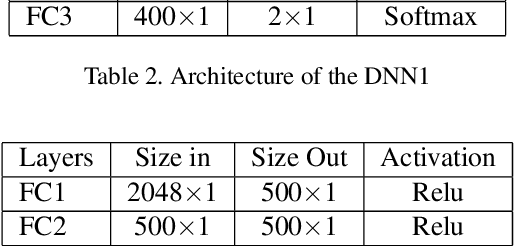
Abstract:Fingerprint capture systems can be fooled by widely accessible methods to spoof the system using fake fingers, known as presentation attacks. As biometric recognition systems become more extensively relied upon at international borders and in consumer electronics, presentation attacks are becoming an increasingly serious issue. A robust solution is needed that can handle the increased variability and complexity of spoofing techniques. This paper demonstrates the viability of utilizing a sensor with time-series and color-sensing capabilities to improve the robustness of a traditional fingerprint sensor and introduces a comprehensive fingerprint dataset with over 36,000 image sequences and a state-of-the-art set of spoofing techniques. The specific sensor used in this research captures a traditional gray-scale static capture and a time-series color capture simultaneously. Two different methods for Presentation Attack Detection (PAD) are used to assess the benefit of a color dynamic capture. The first algorithm utilizes Static-Temporal Feature Engineering on the fingerprint capture to generate a classification decision. The second generates its classification decision using features extracted by way of the Inception V3 CNN trained on ImageNet. Classification performance is evaluated using features extracted exclusively from the static capture, exclusively from the dynamic capture, and on a fusion of the two feature sets. With both PAD approaches we find that the fusion of the dynamic and static feature-set is shown to improve performance to a level not individually achievable.
* 8 pages, 3 figures, ICB-2019
Iris Liveness Detection Competition (LivDet-Iris) -- The 2020 Edition
Sep 01, 2020
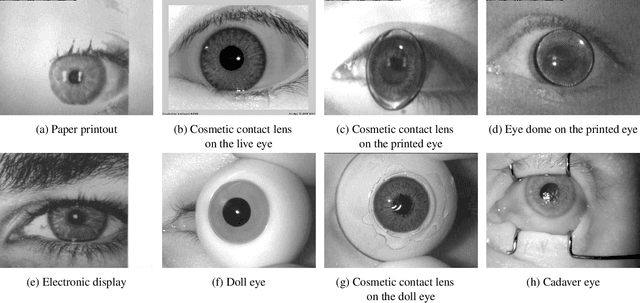


Abstract:Launched in 2013, LivDet-Iris is an international competition series open to academia and industry with the aim to assess and report advances in iris Presentation Attack Detection (PAD). This paper presents results from the fourth competition of the series: LivDet-Iris 2020. This year's competition introduced several novel elements: (a) incorporated new types of attacks (samples displayed on a screen, cadaver eyes and prosthetic eyes), (b) initiated LivDet-Iris as an on-going effort, with a testing protocol available now to everyone via the Biometrics Evaluation and Testing (BEAT)(https://www.idiap.ch/software/beat/) open-source platform to facilitate reproducibility and benchmarking of new algorithms continuously, and (c) performance comparison of the submitted entries with three baseline methods (offered by the University of Notre Dame and Michigan State University), and three open-source iris PAD methods available in the public domain. The best performing entry to the competition reported a weighted average APCER of 59.10\% and a BPCER of 0.46\% over all five attack types. This paper serves as the latest evaluation of iris PAD on a large spectrum of presentation attack instruments.
 Add to Chrome
Add to Chrome Add to Firefox
Add to Firefox Add to Edge
Add to Edge